Content hub
From application notes to blogs, news items to infographics, we've got a wealth of advice about VOC and SVOC analysis that we'd like to share with you. Simply use the search function or use the drop-down selectors to filter by content type, sampling method and/or application area to discover more.
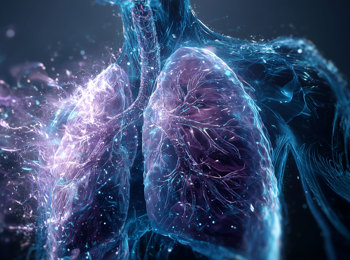
Breath, biofluids, and beyond: Advancing biomarker discovery toward non-invasive diagnostics
Researchers from Imperial College, London present how advanced analytical workflows originally developed for breath analysis are now being extended across diverse biological matrices.
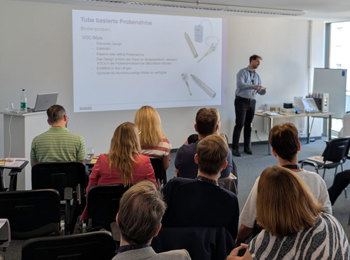
TD–GC–MS in practice – key takeaways on sampling and analysis
From Markes and Agilent Technologies joint workshop – Improving GC–MS capability: sampling strategies and analytical techniques for trace volatile analysis – in Germany (July 2025)

Snow DUMP-ing: Using direct TD–GC–MS to tackle urban snow and microplastic pollution
A solvent free, direct thermal desorption (TD) GC-MS approach for analysing particulates in snow, eliminating toxic solvents and reducing sample prep time.

Why ASTM D7892-2025 is a game-changer for hydrogen purity testing
30 July 2025

Seven surprising aroma insights from "The Science of Taste" at Greenwich
Exploring the science of flavour at Greenwich | 21 July 2025
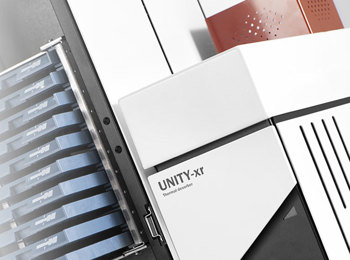
Can Markes’ TD instruments be used to analyse PFAS in air?
Explore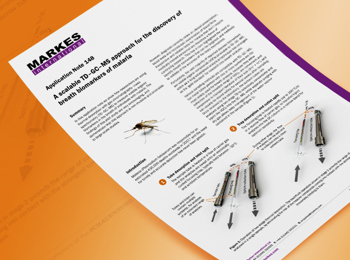
Is PFAS contamination a problem when using Markes’ TD instruments to analyse airborne PFAS?
Instant Insight 009

Advancing atmospheric research in India using solvent‑free, cryogen-free thermal desorption
Physical Research Laboratory (PRL), India
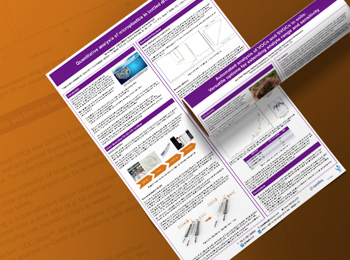
Breathing easy: Advanced monitoring of airborne chemical hazards using thermal desorption−gas chromatography
Presented at Pittcon, USA, 2025

Fully automated, cryogen-free analysis of ethylene oxide residues in medical devices by multi-step enrichment-headspace-trap
Presented at Pittcon, USA, 2025

Powering the future: Advancing volatile chemical measurement in energy gases and alternative energy sources
Presented at Joint Workshop EMN, Netherlands, 2025
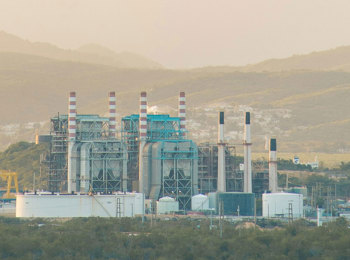
Fundamentals of environmental air monitoring: Overcoming challenges in VOC analysis with advanced GC–MS techniques
Practical strategies for robust VOC air monitoring with advanced GC–MS.

Switching to hydrogen carrier gas: An analyst’s guide to GC–MS method conversion
Discover the critical steps in implementing a hydrogen carrier gas GC-MS workflow and the benefits it offers as a sustainable solution.

Improving moisture management and increasing sample throughput for environmental air monitoring
Enthalpy Analytical, USA
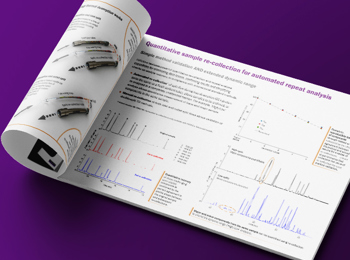
Instruments for monitoring ozone-depleting substances and greenhouse gases
UNITY–CIA Advantage-xr, NuVo 200 and Medusa
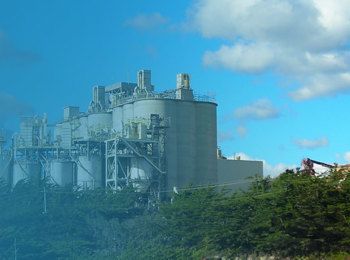
EPA Method 327: A technical perspective on ethylene oxide monitoring
26 February 2025

Real-world implementation of dual canister and tube analysis of hazardous air pollutants using TD–GC–MS
On-demand webinar

Versatile tools for high-sensitivity flavour and aroma analysis
Teagasc, Ireland




